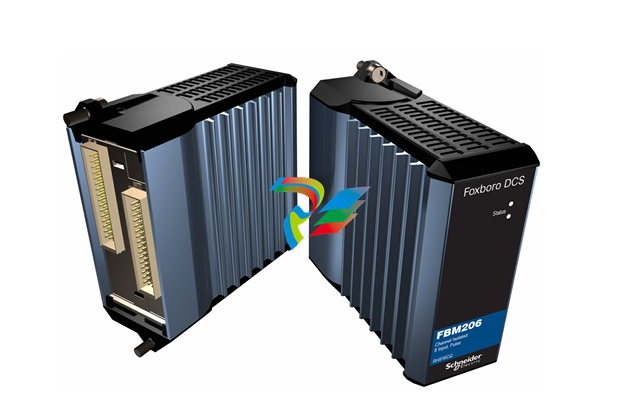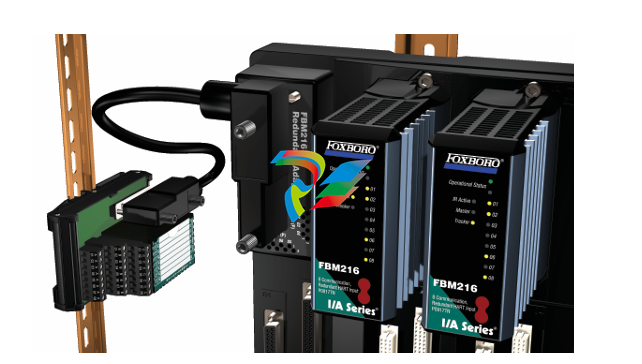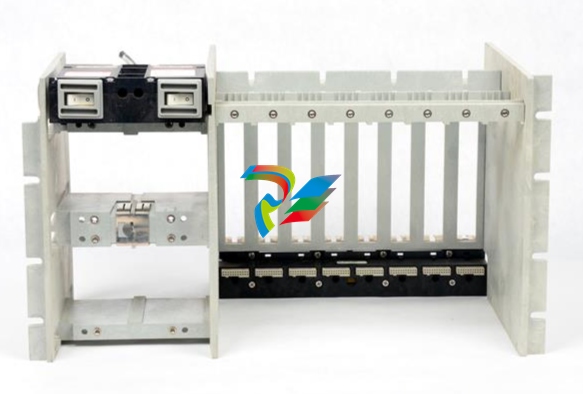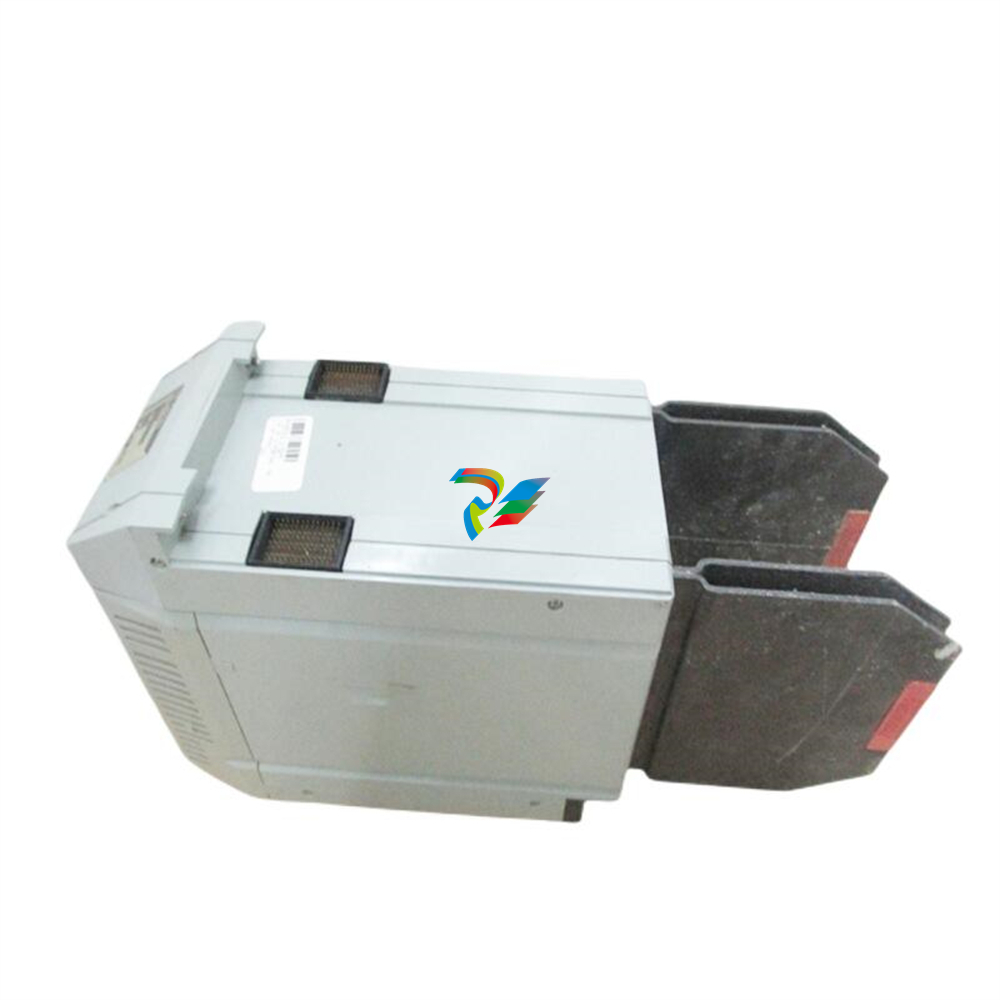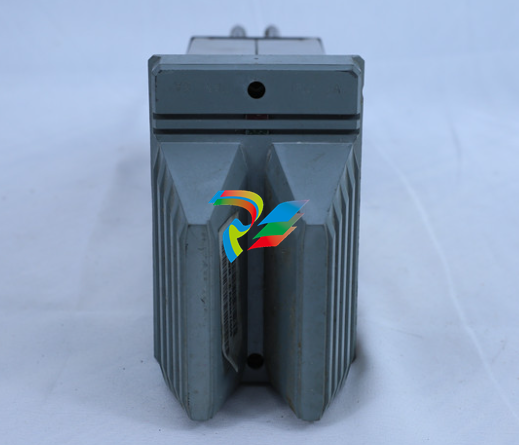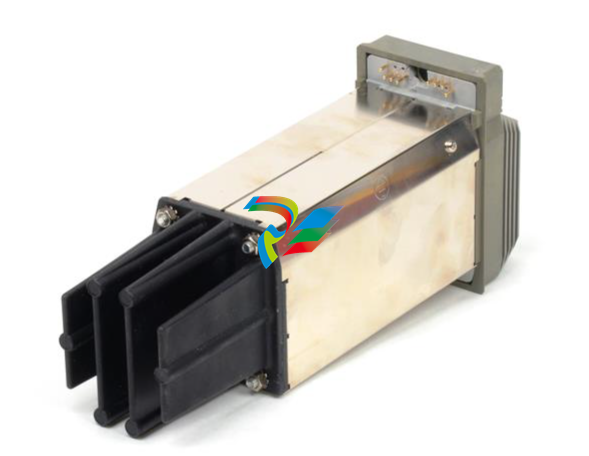
ABB 3ASC25H203
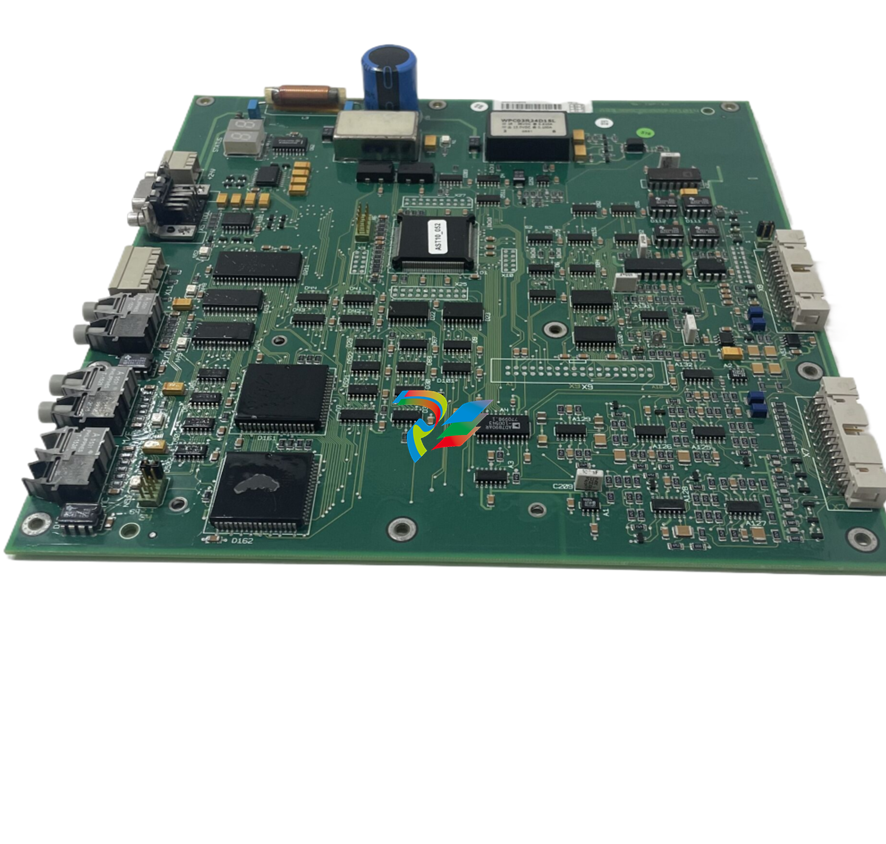 ABB 3ASC25H203 is a multi-functional module, mainly used in ABB's AC500 and AC500 eCo PLC systems. Here are some detailed information about this module: Basic Features, Brand and Manufacturer: ABB1. Product weight: 0.37 kg/g Function, Application, Control and programming: It is used in ABB robot control systems and can control and program robots. Communication function: As a communication module, it is mainly used in ABB's AC500 and AC500 eCo PLC systems, providing communication interfaces with other devices and supporting multiple communication protocols, including Modbus, Profbus and CANopen2. It is widely applied in various fields such as automated manufacturing, logistics, and warehousing, which can enhance production efficiency and reduce labor costs. Note: Production halt Information: 3ASC25H203 has been discontinued. It was the earliest main controller module control board, featuring basic control and monitoring functions, but with relatively low processing capacity and fewer communication interfaces. If you need a module with higher performance and more functions, you can consider newer models such as 3ASC25H20962. In conclusion, the ABB 3ASC25H203 is a high-performance and highly reliable computer control board and communication module, suitable for a variety of industrial automation scenarios.
ABB 3ASC25H203 is a multi-functional module, mainly used in ABB's AC500 and AC500 eCo PLC systems. Here are some detailed information about this module: Basic Features, Brand and Manufacturer: ABB1. Product weight: 0.37 kg/g Function, Application, Control and programming: It is used in ABB robot control systems and can control and program robots. Communication function: As a communication module, it is mainly used in ABB's AC500 and AC500 eCo PLC systems, providing communication interfaces with other devices and supporting multiple communication protocols, including Modbus, Profbus and CANopen2. It is widely applied in various fields such as automated manufacturing, logistics, and warehousing, which can enhance production efficiency and reduce labor costs. Note: Production halt Information: 3ASC25H203 has been discontinued. It was the earliest main controller module control board, featuring basic control and monitoring functions, but with relatively low processing capacity and fewer communication interfaces. If you need a module with higher performance and more functions, you can consider newer models such as 3ASC25H20962. In conclusion, the ABB 3ASC25H203 is a high-performance and highly reliable computer control board and communication module, suitable for a variety of industrial automation scenarios.
The usage method of the ABB 3ASC25H203 module involves multiple aspects, including hardware installation, software configuration and programming, etc. The following is a detailed description of the usage method of this module: Hardware installation Installation environment: Ensure that the module is installed in an environment that meets industrial standards, avoiding extreme temperatures, humidity and vibration. Power connection: According to the module specifications, connect the power supply correctly to ensure that the voltage and current meet the module requirements. Signal connection: According to application requirements, connect analog input signals, such as sensor outputs. The module supports multiple signal types, such as 0-10V, 0-20mA, 4-20mA and 1-5V. Software configuration programming environment: Use the programming software provided by ABB, such as Control Builder Plus, for module configuration and programming 12. Module configuration: In the programming environment, configure the basic parameters of the module, such as communication protocols, input signal types, and ranges, etc. Signal processing: Configure the signal processing functions of the module, such as filtering, range conversion, and alarm Settings, etc. 12 Programming and Debugging Programming: Use programming languages (such as structured text, ladder diagrams, etc.) to write control logic and implement the required functions. 12. Debugging: Through the online monitoring function of the programming software, the module status and signal values can be viewed in real time for debugging and troubleshooting. Maintenance and Troubleshooting Regular inspection: Regularly check the operating status of the module to ensure normal signal connection and power supply. Troubleshooting: Based on the diagnostic information and alarm codes of the module, carry out troubleshooting and maintenance. Please note that the above information is based on the materials provided in the search results. When actually operating, please refer to the technical documents and user manuals provided by ABB officially to ensure the correct and safe use of the 3ASC25H203 module
The parameters of the ABB 3ASC25H203 module include hardware specifications, electrical characteristics and environmental conditions, etc. The following is a detailed description of the parameters of this module: Hardware specifications and dimensions: Specific dimensions are not provided, but the module size is usually small, which is convenient for installation in the control cabinet. Weight: 0.37 kg Electrical characteristics Power supply requirements: Specific power supply requirements are not provided, but usually the module requires DC power supply. Analog input channels: 2 analog input channels, each capable of handling analog signals of 0-10V, 0-20mA, 4-20mA or 1-122V. A/D converter: 16-bit A/D converter, ensuring high-precision and low-noise signal conversion 12. Environmental conditions: Operating temperature: The specific operating temperature range is not provided, but usually the module can operate within a relatively wide temperature range. Storage temperature: The specific storage temperature range is not provided, but usually the module can store within a relatively wide temperature range. Humidity: Specific humidity requirements are not provided, but usually the module can operate within a certain humidity range. Other feature communication protocols: Supports multiple communication protocols, including Modbus, Profibus and CANopen12. Programmability: Supports user-defined programming, providing flexibility to meet specific application requirements. 123ASC25H203 DAPC100 module PLC spare parts ABB[Brand price picture quotation] Easy... ¥5620.00 Inventory: 11 Brand: ABB Model: 3ASC25H203 DAPC100 Delivery Time: In-stock goods will be dispatched within 1 day Contact hotline 18059281365 0592-2350632 3ASC25H203 DAPC100 module PLC spare parts ABB Function Features 1. Large screen LCD display, human-machine dialogue interface, various parameters with menu prompt input; 2. It is equipped with multiple parameter prompt functions such as test date and clock. 3. Differential detection, automatic correction of system deviation mm.ymgk.com. Please note that the above information is based on the materials provided in the search results. When actually operating, please refer to the technical documents and user manuals provided by ABB officially to obtain the most accurate and detailed parameter information.
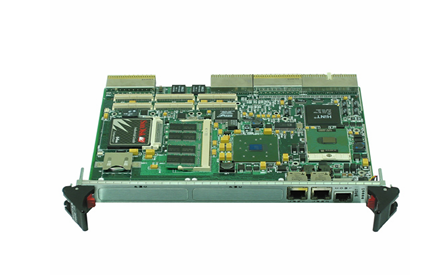
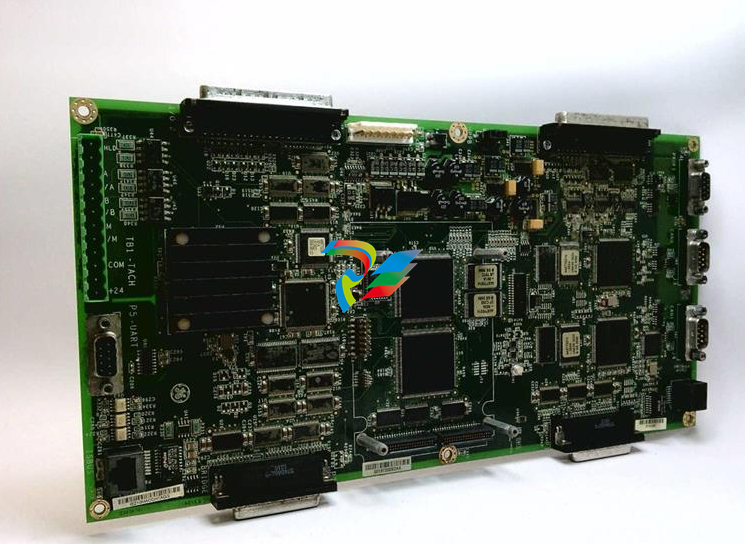
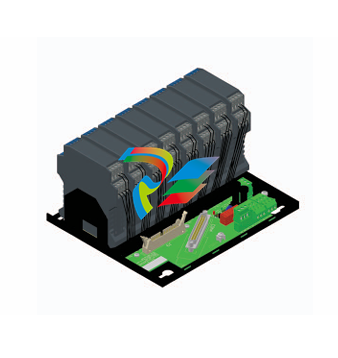
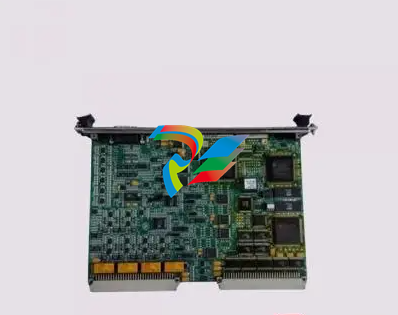
.jpg)
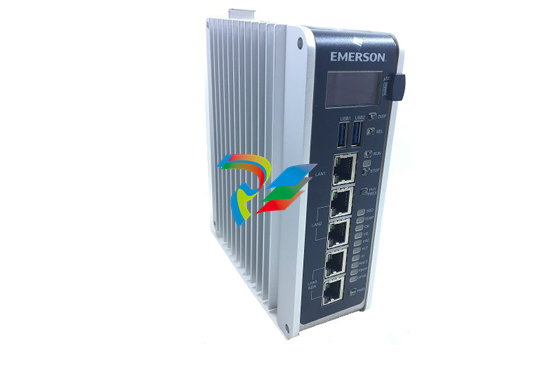
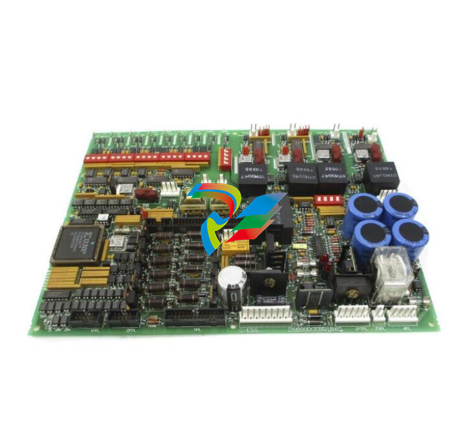

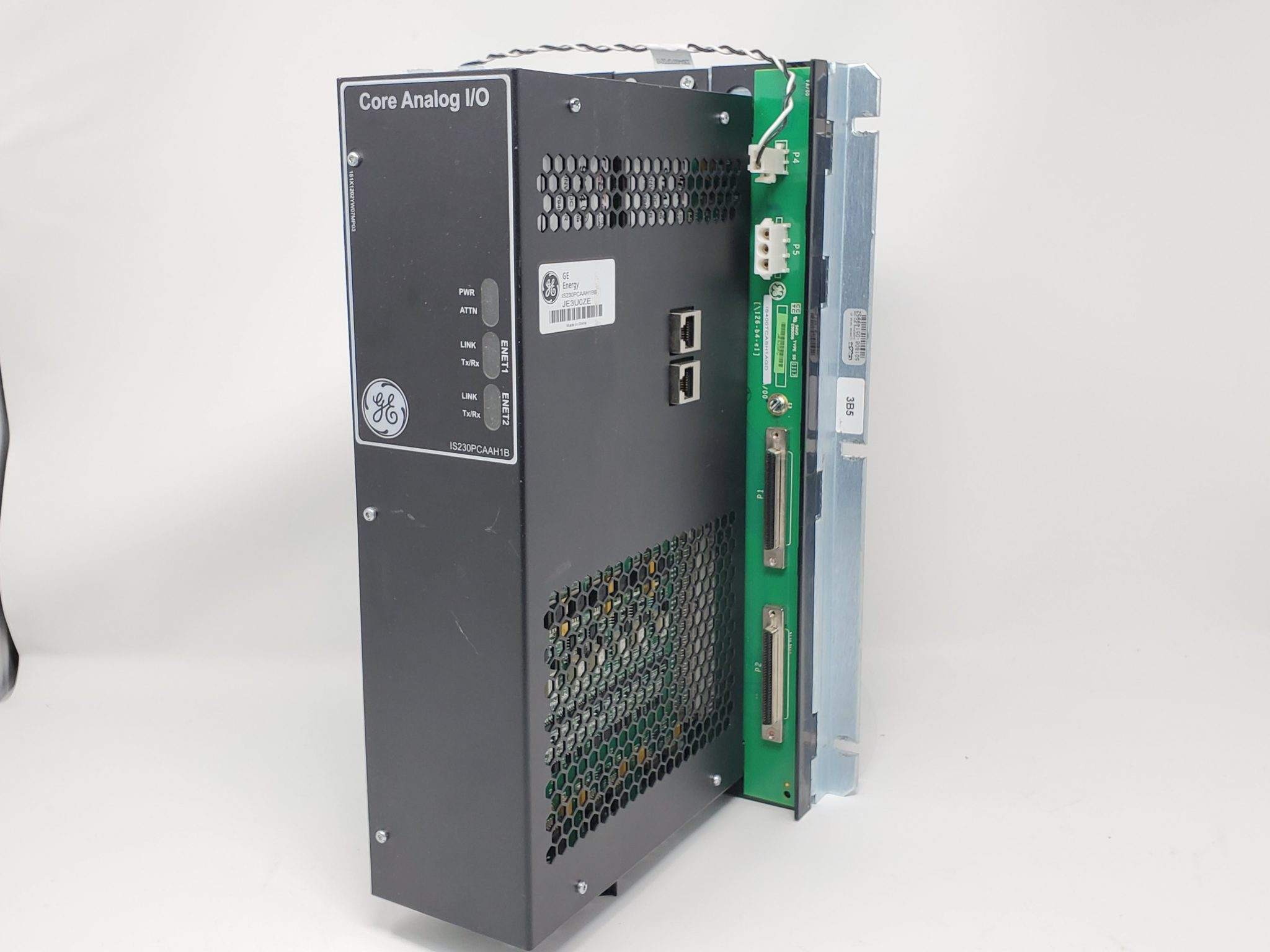

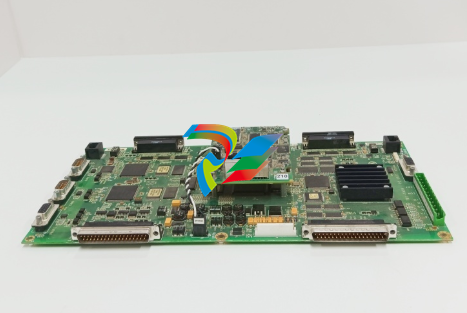
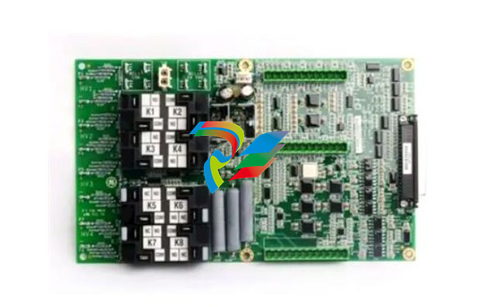
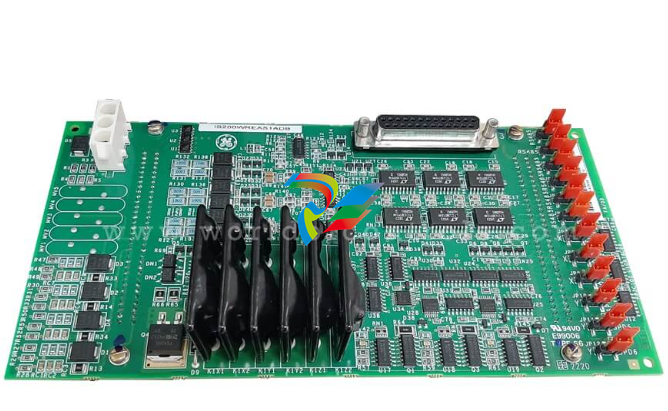
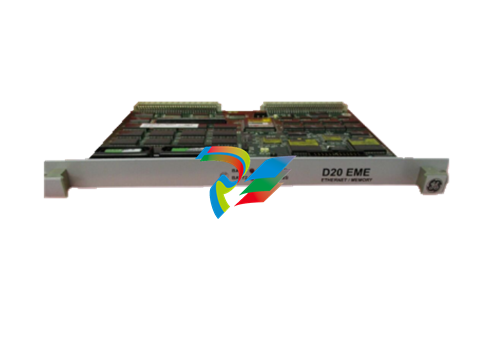
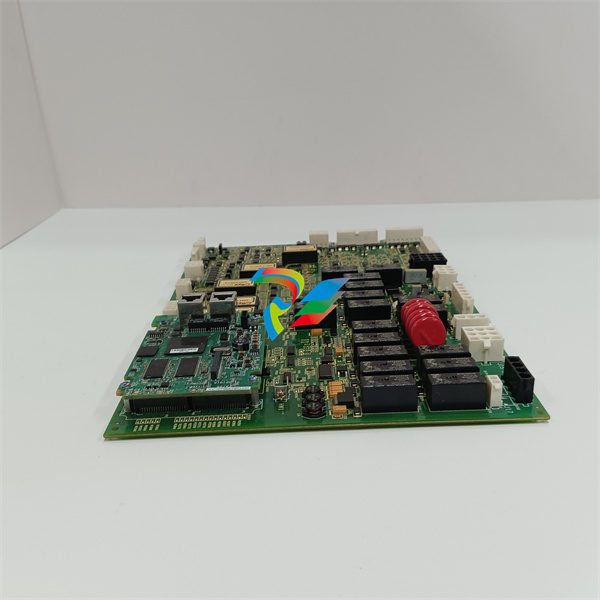
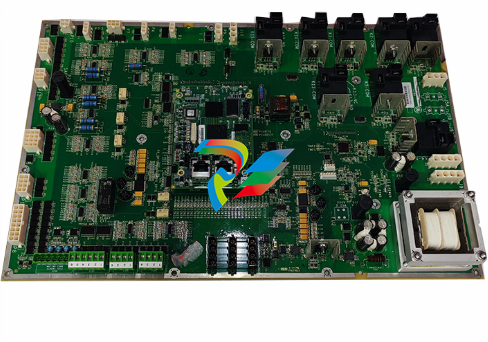
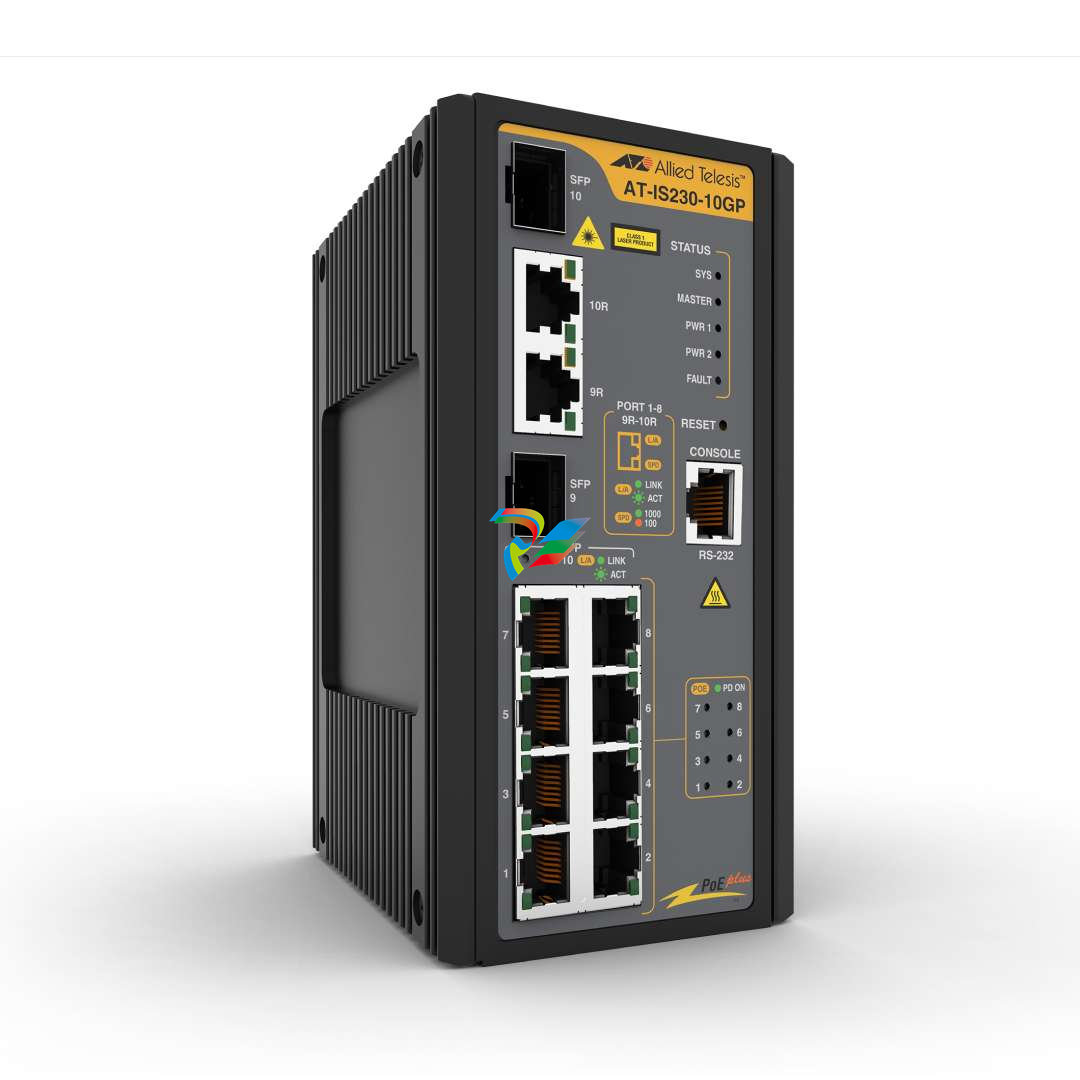
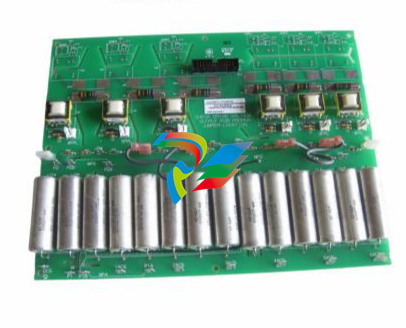
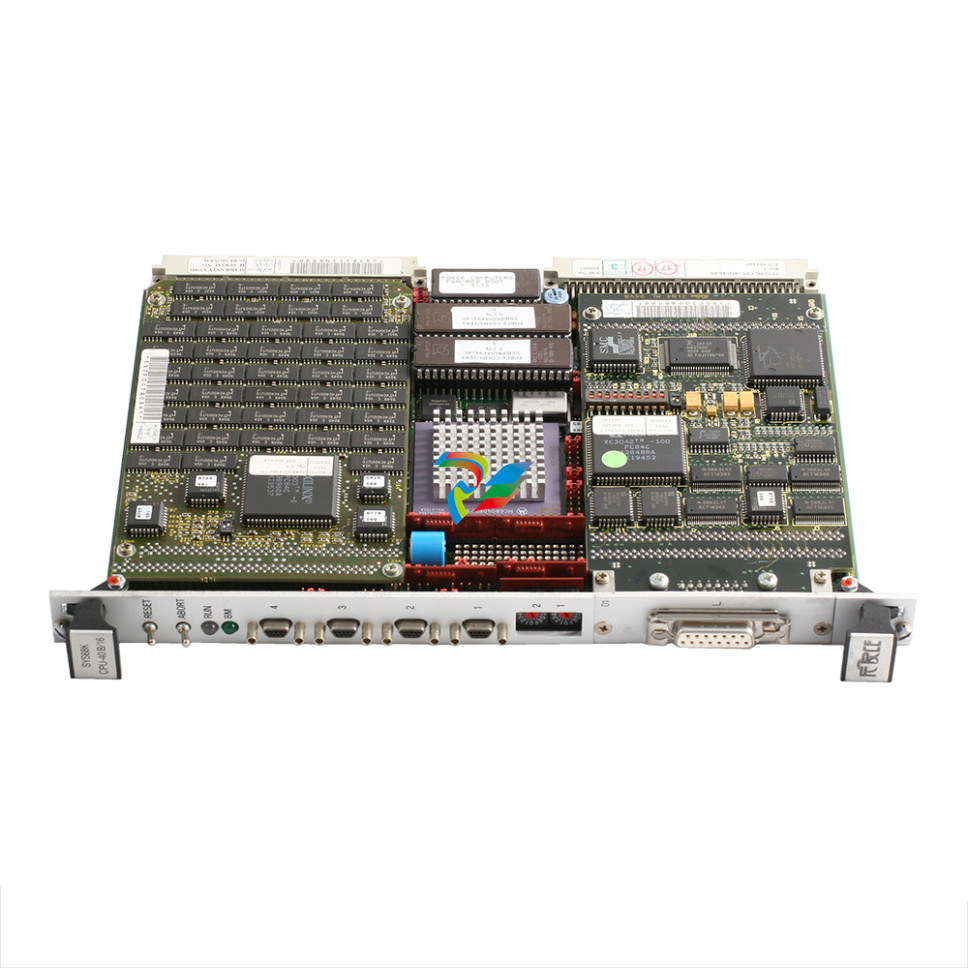
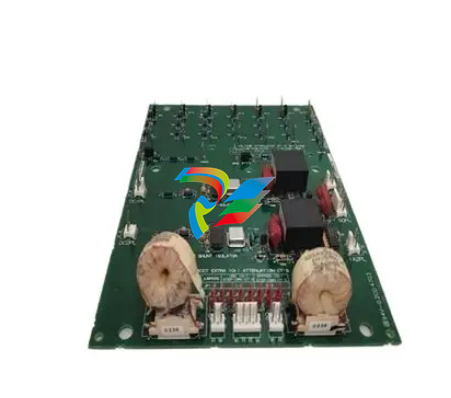
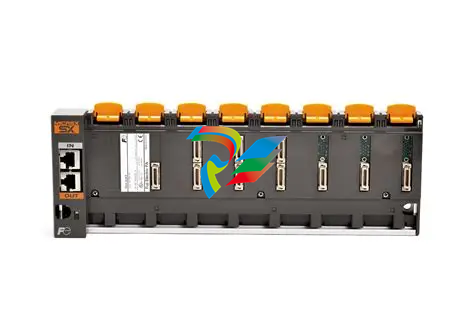
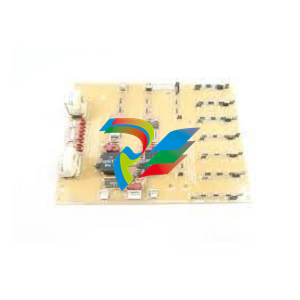
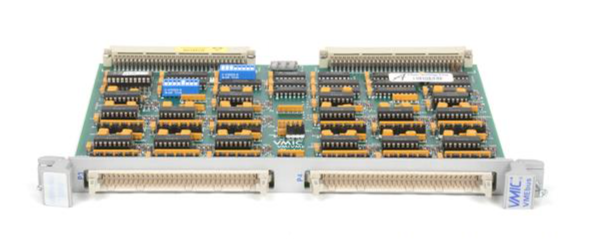
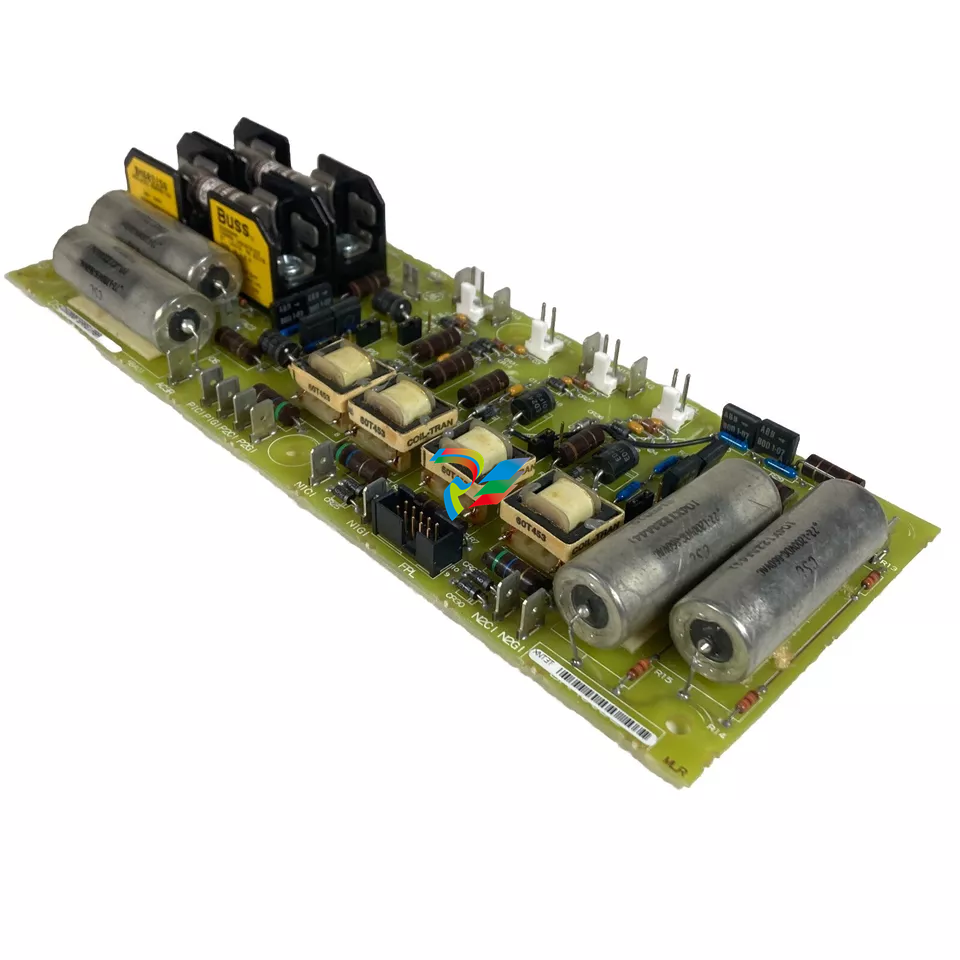
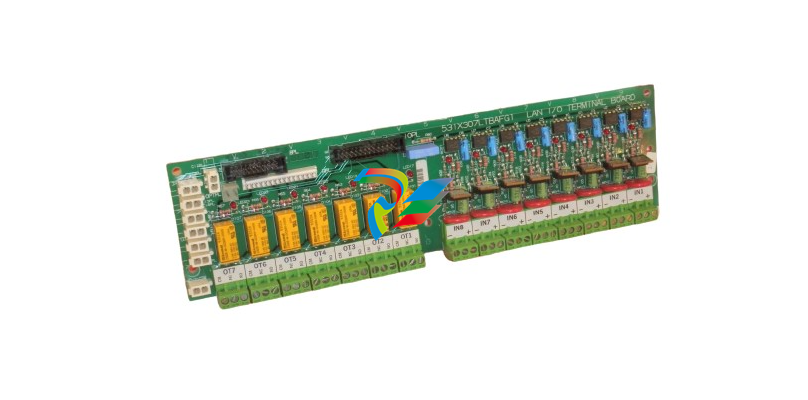


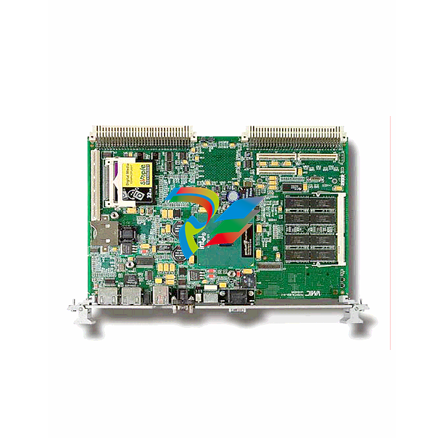
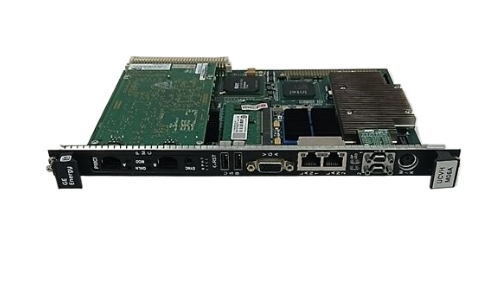
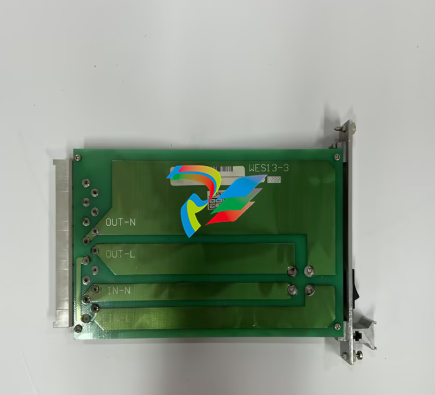
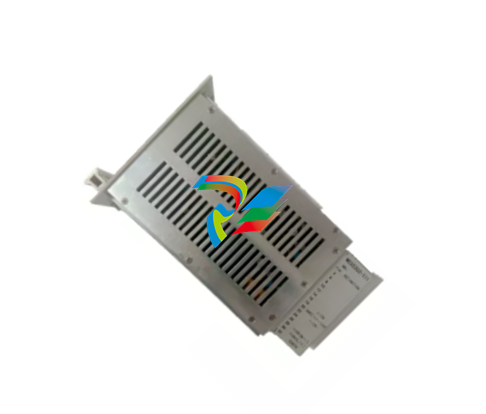
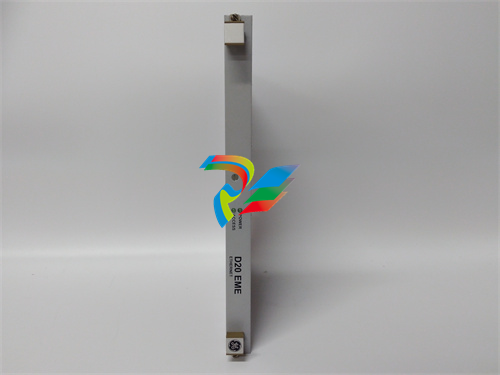
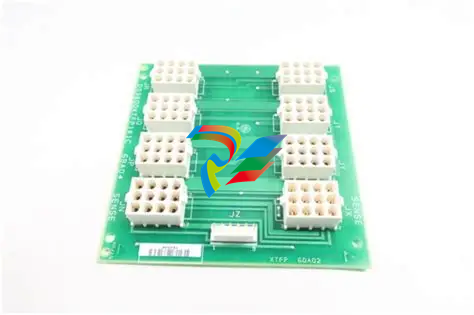
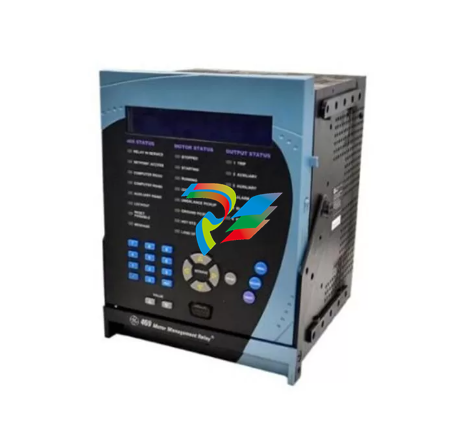
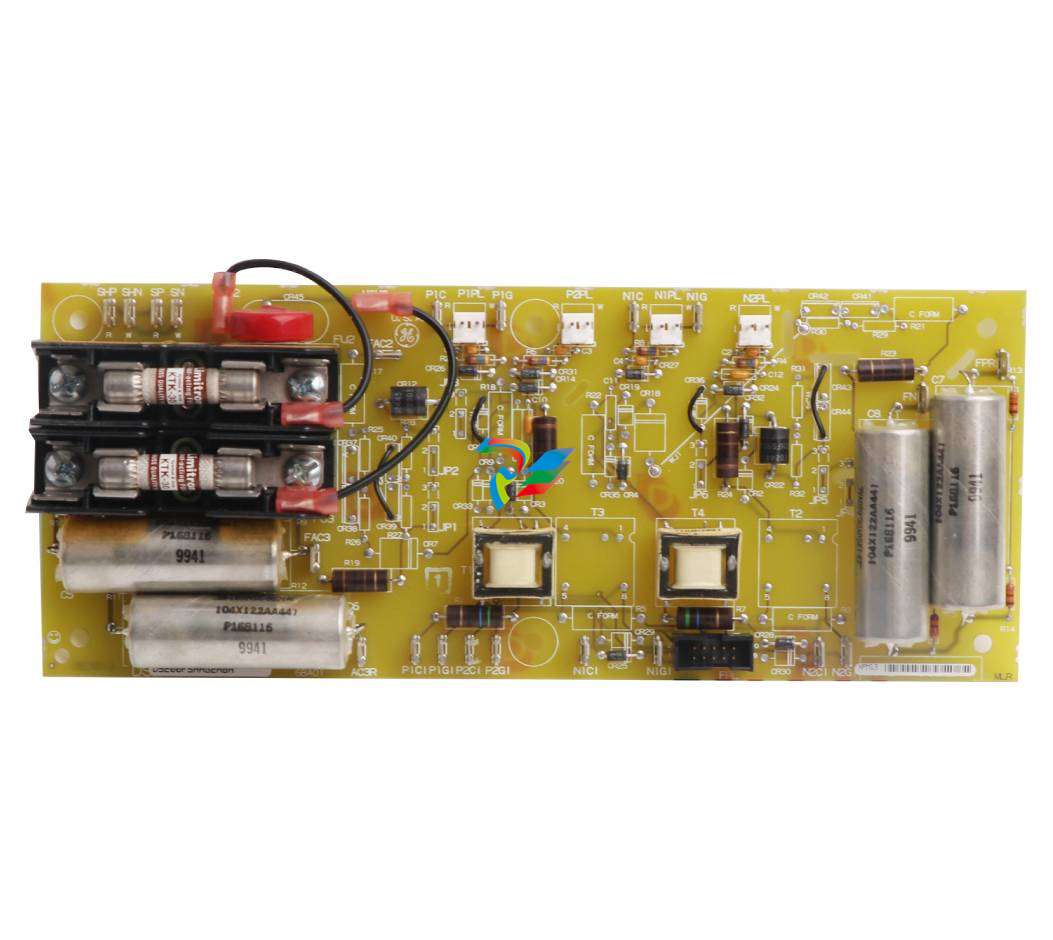
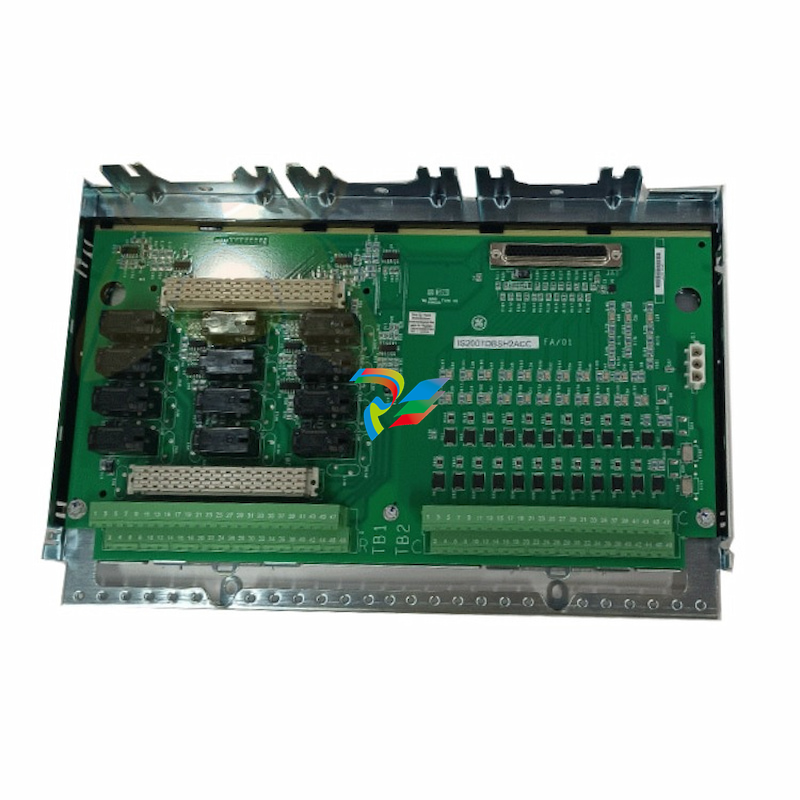
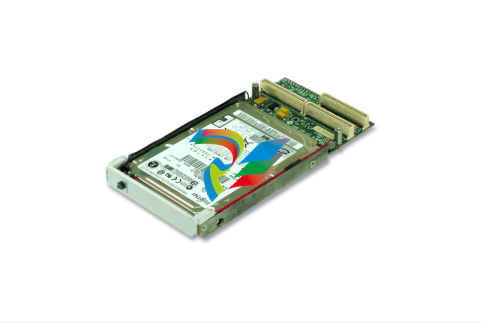
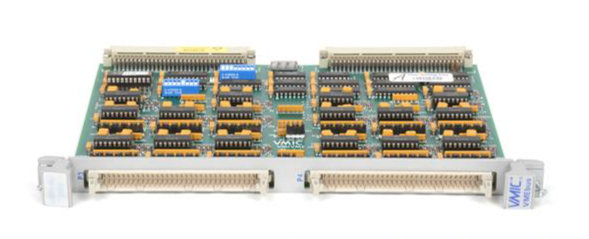
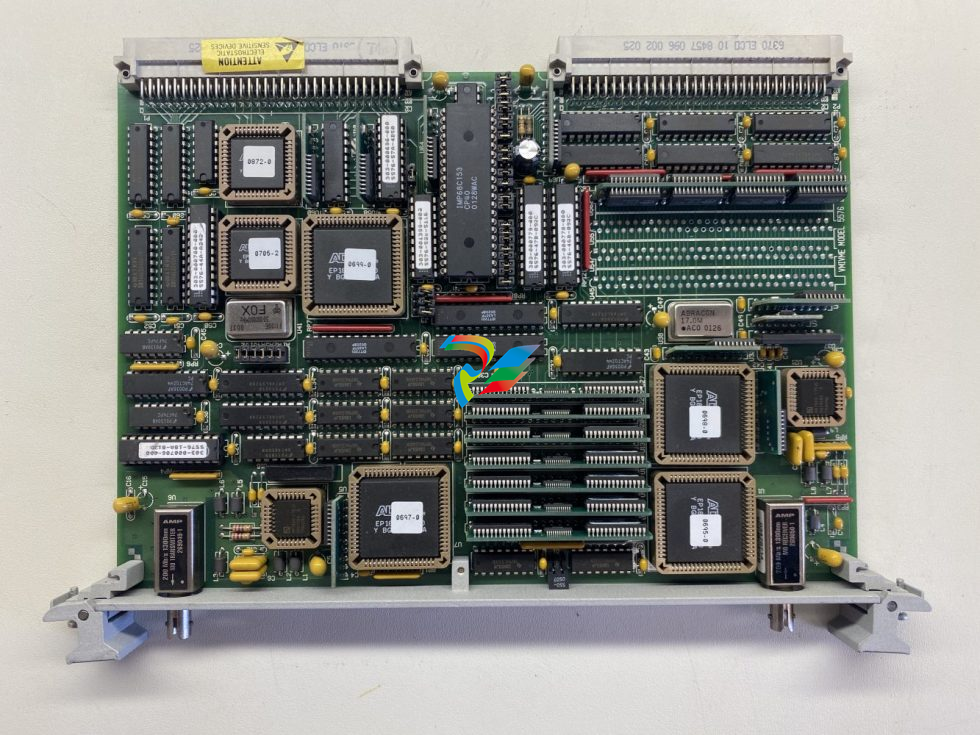
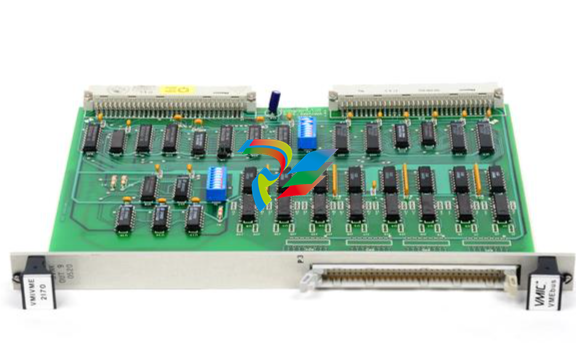
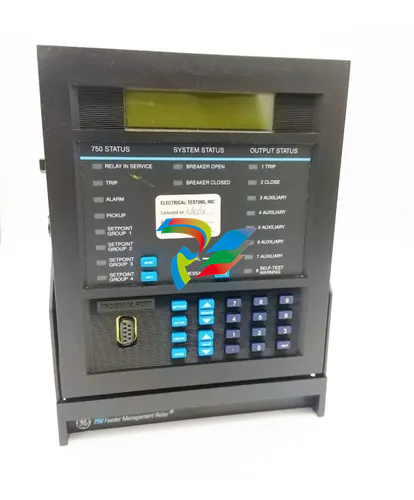
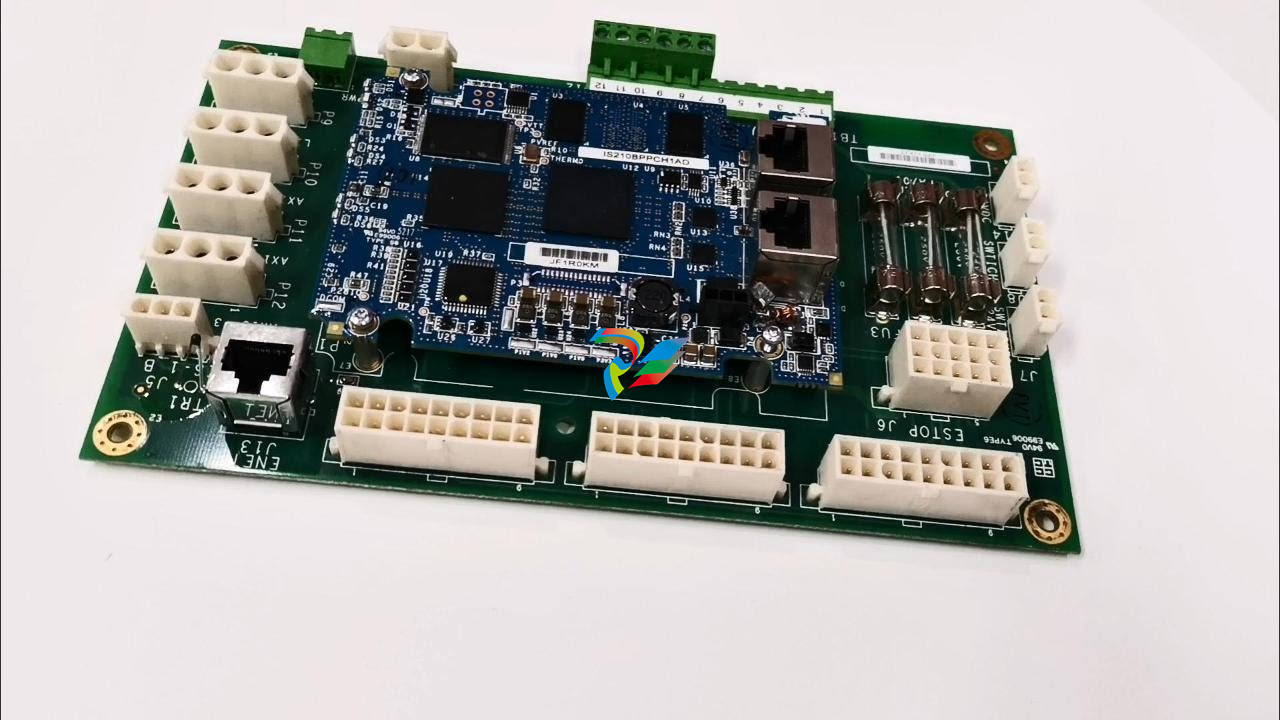
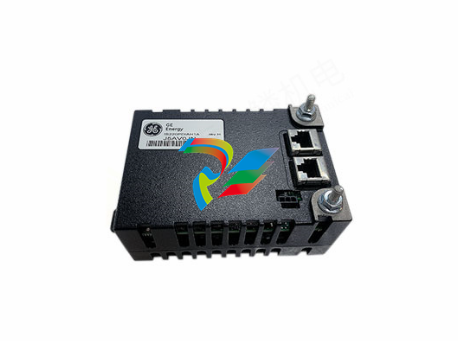
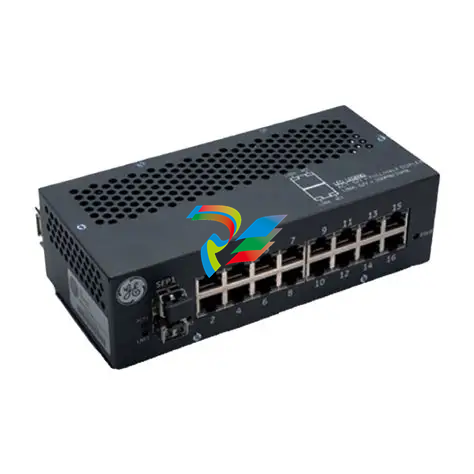
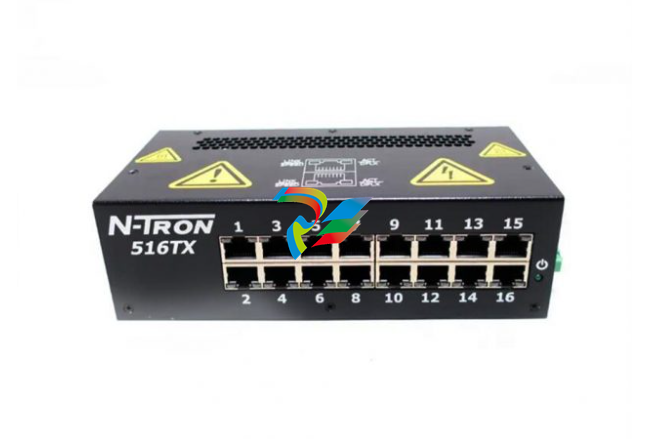
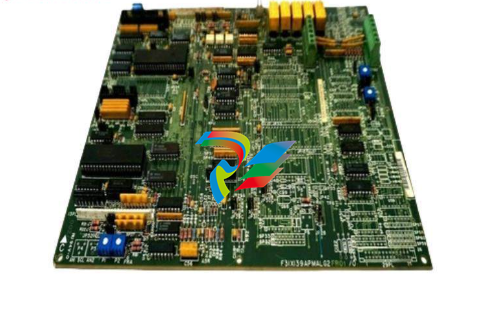
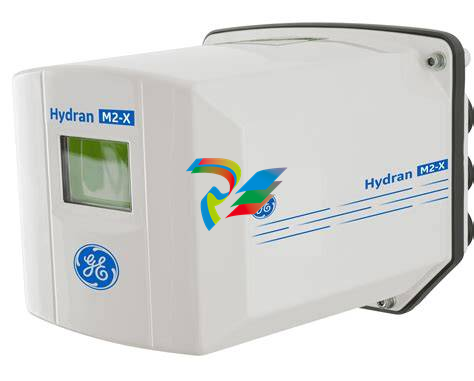
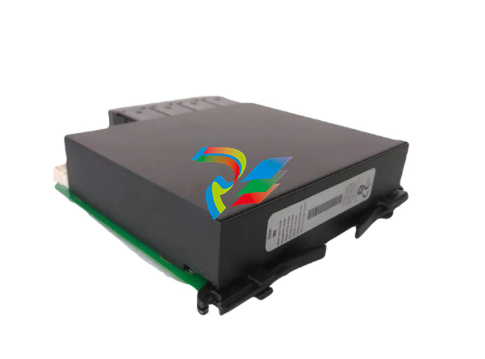
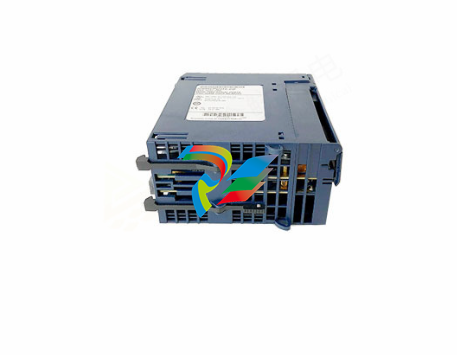

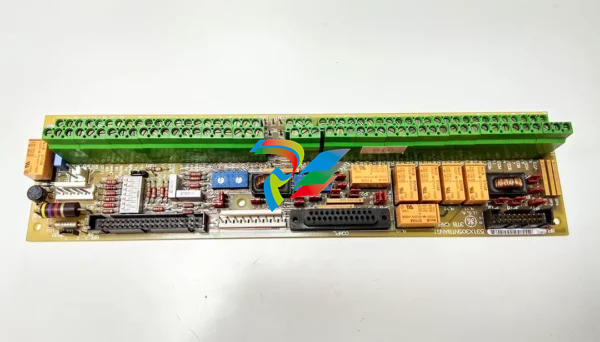
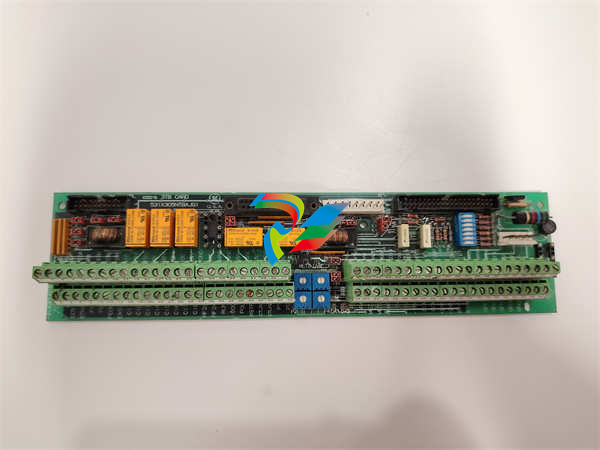
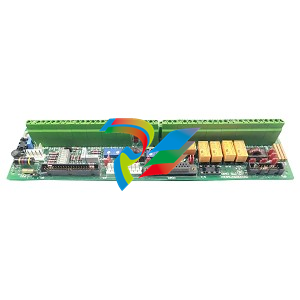
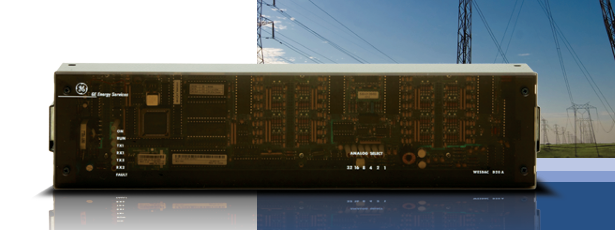
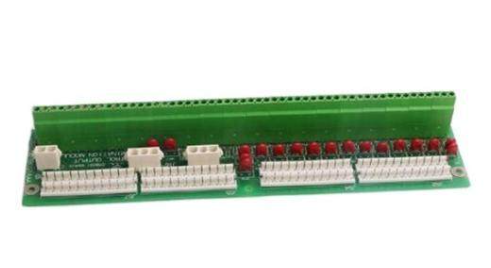
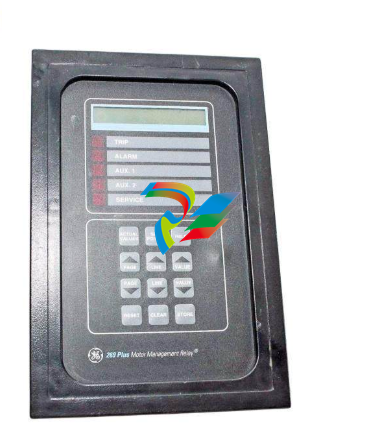
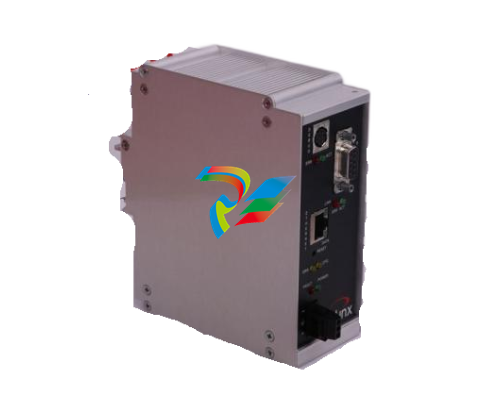
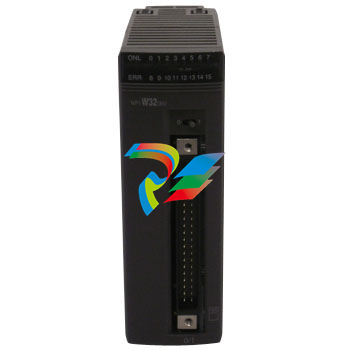
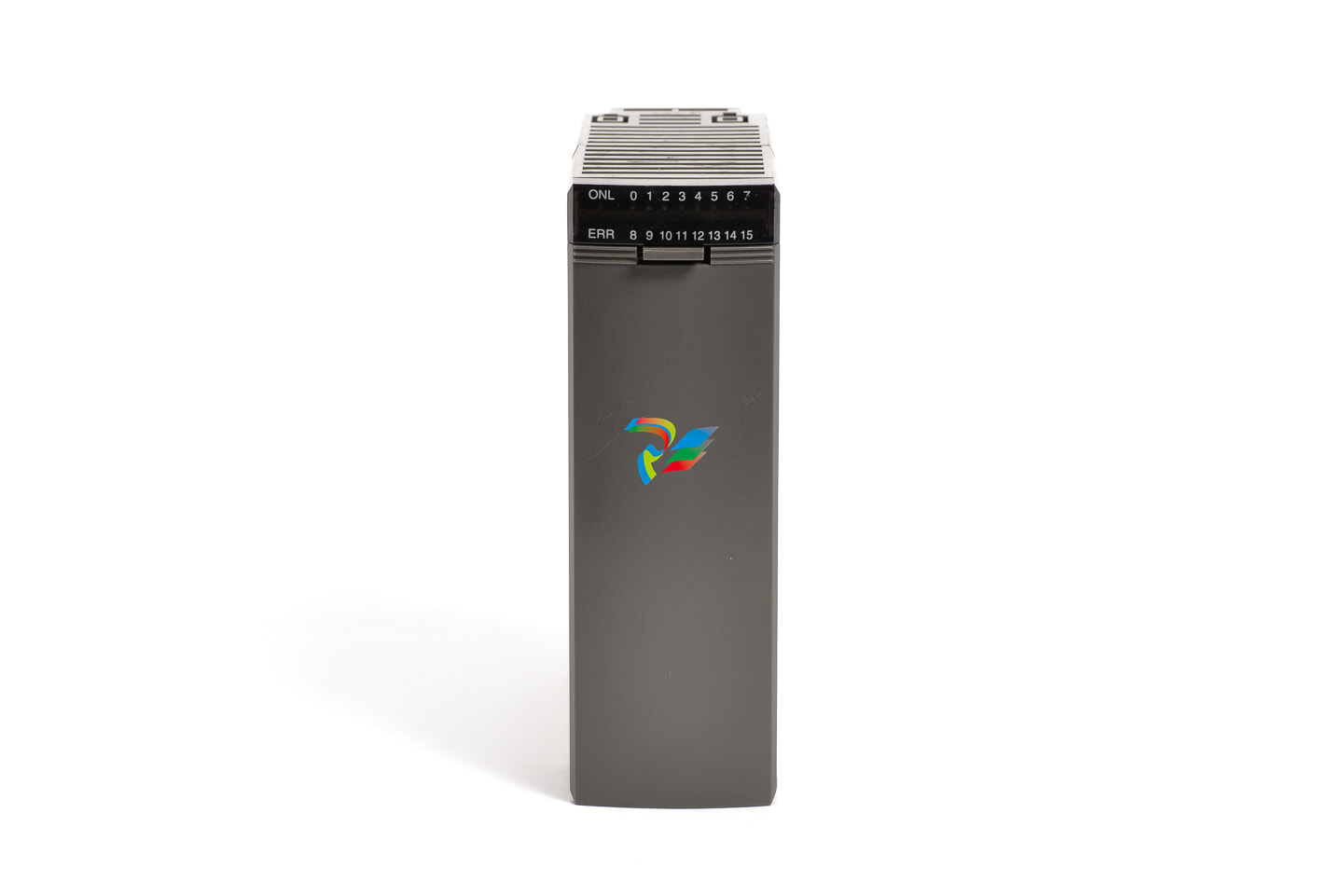
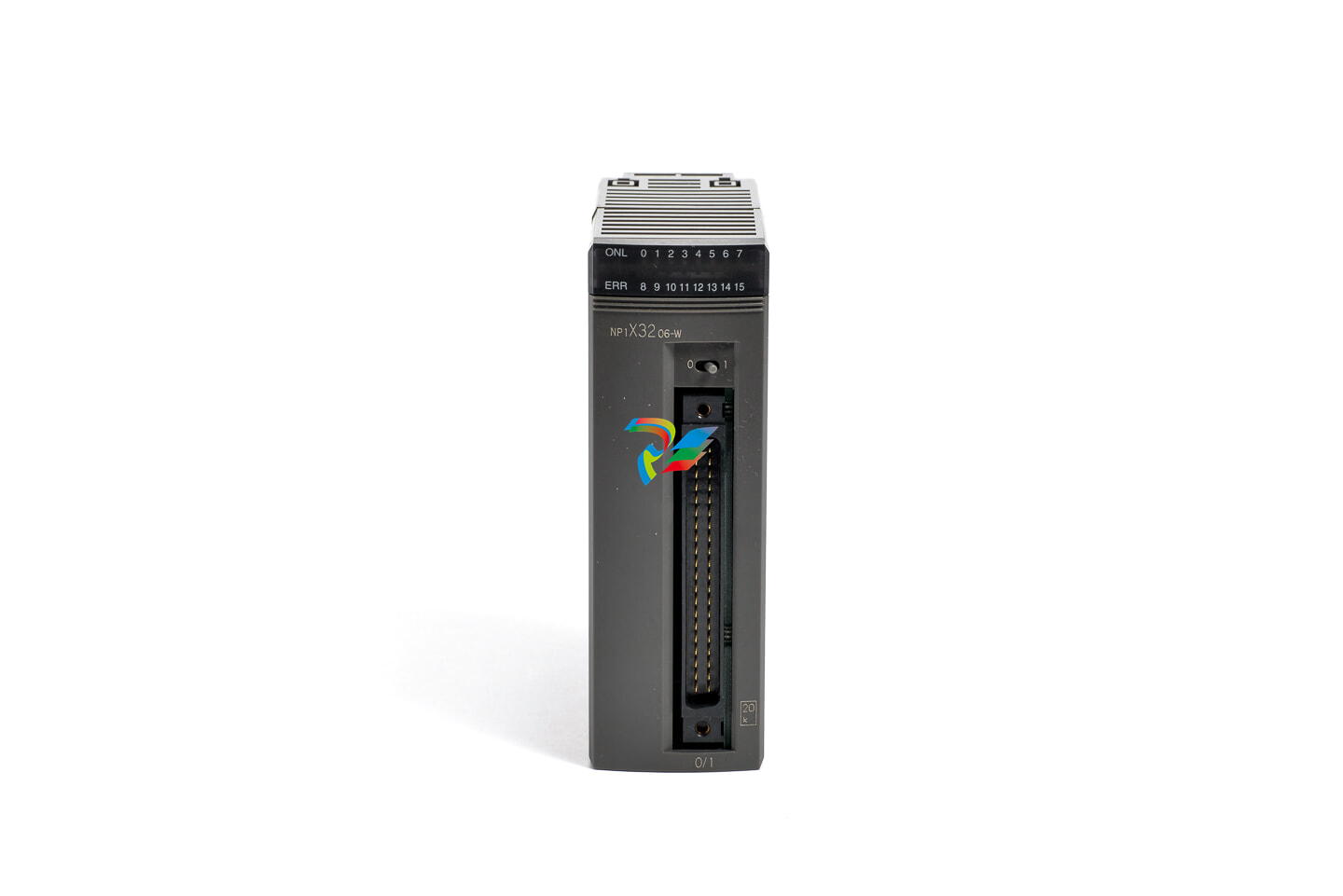
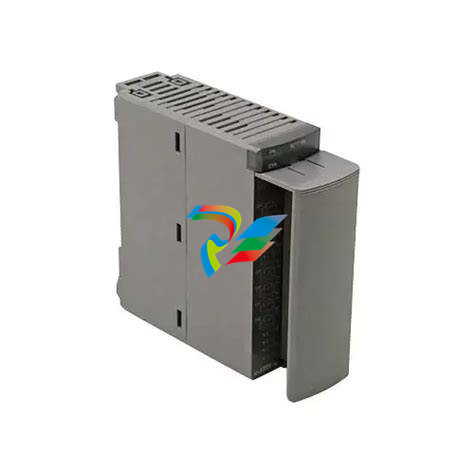
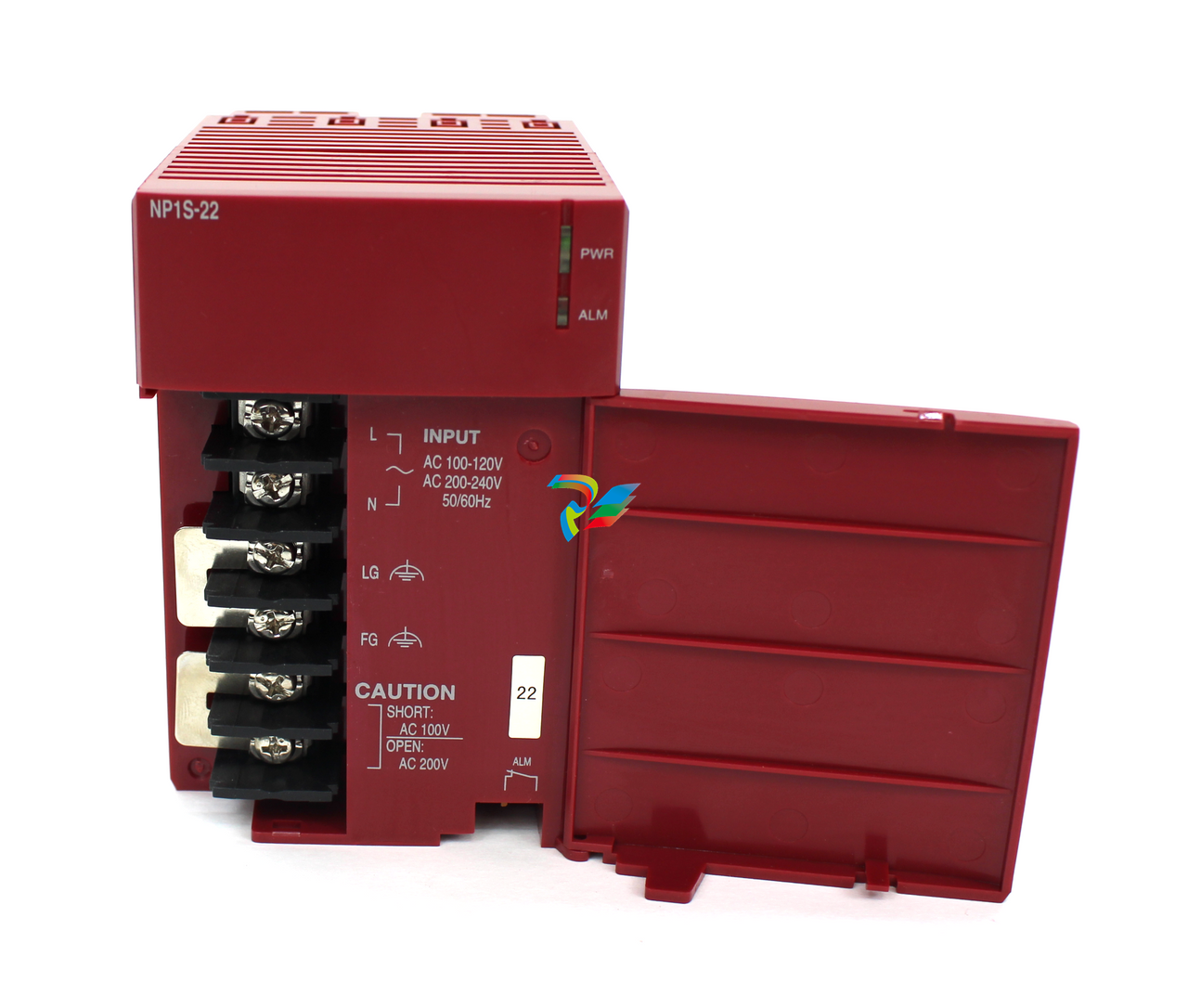
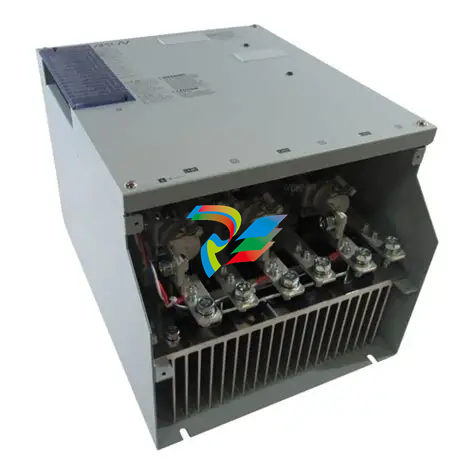
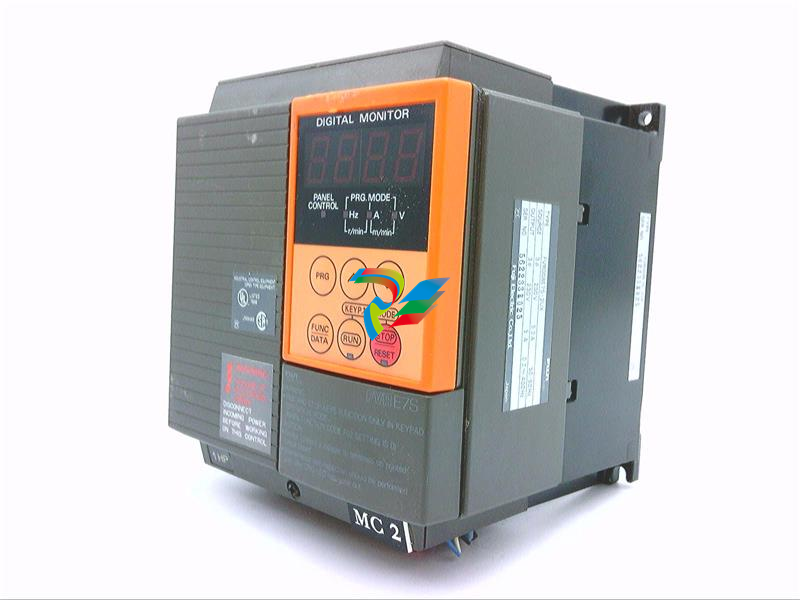
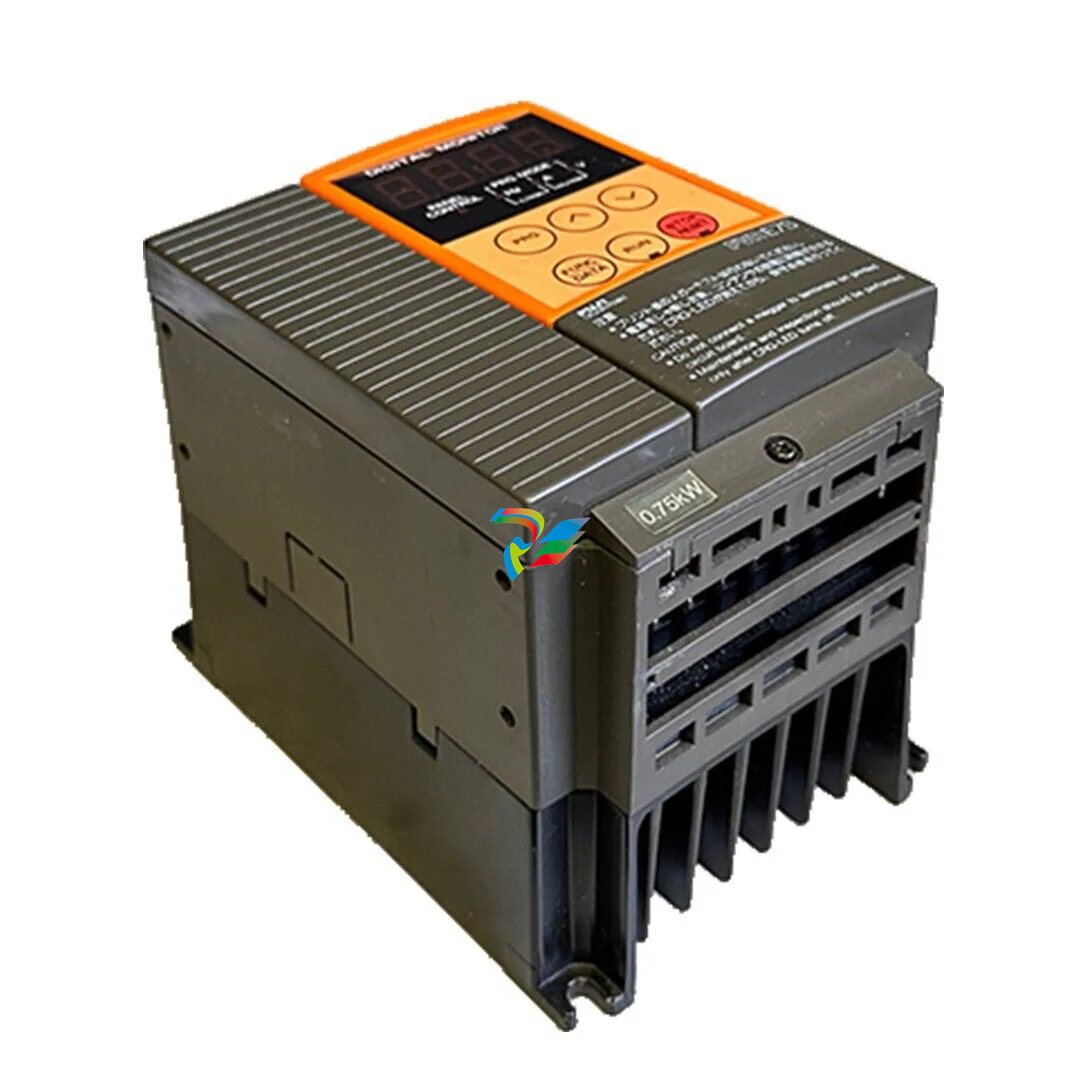
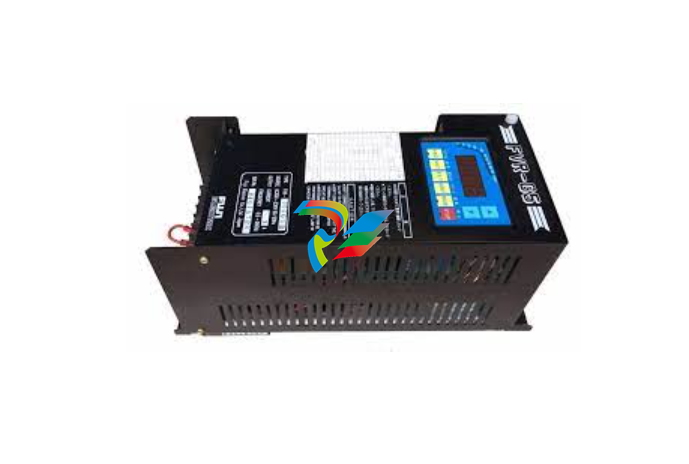

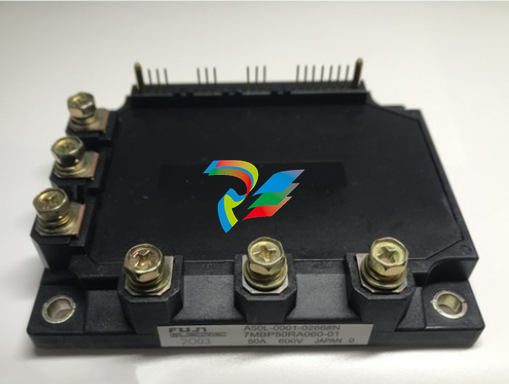
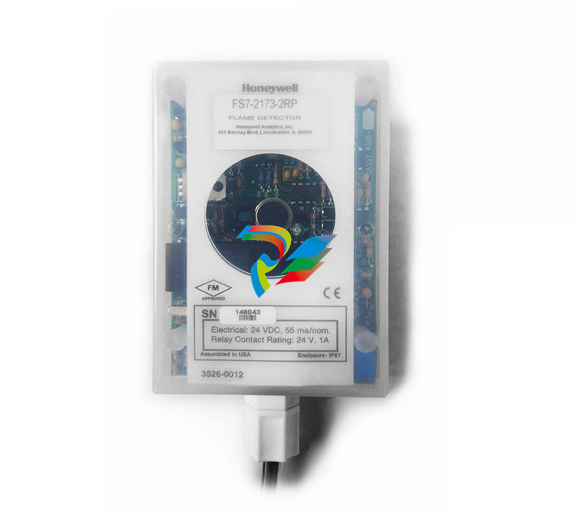
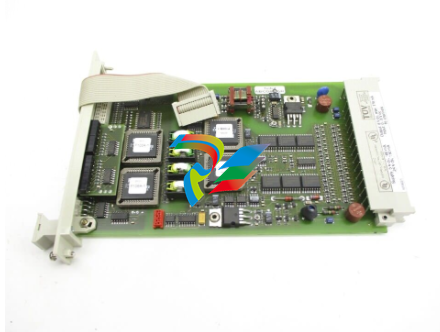
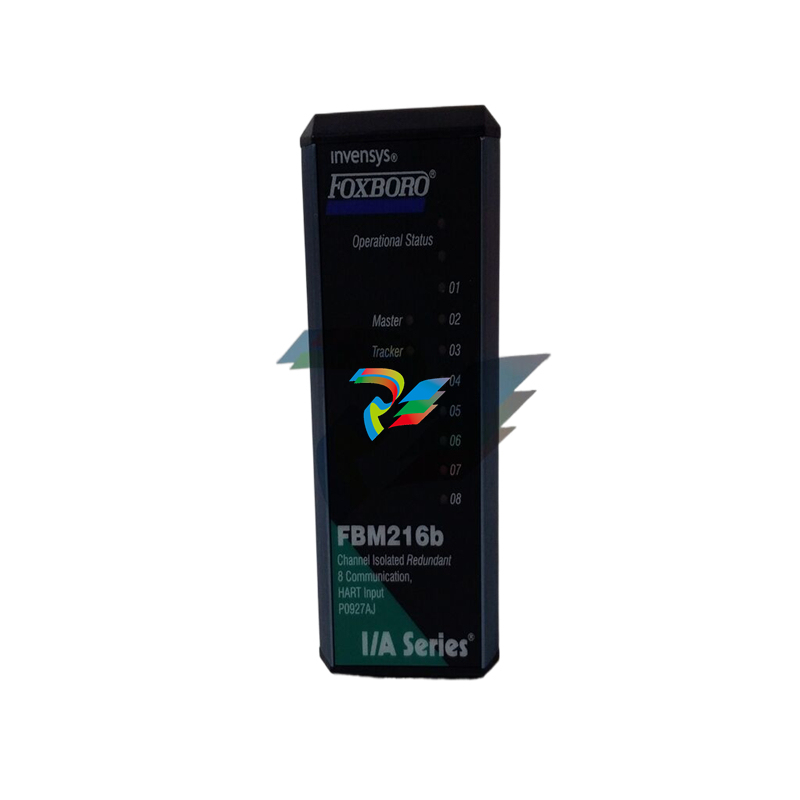
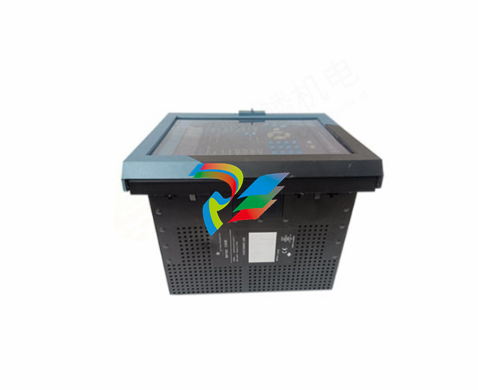
.jpg)
.jpg)
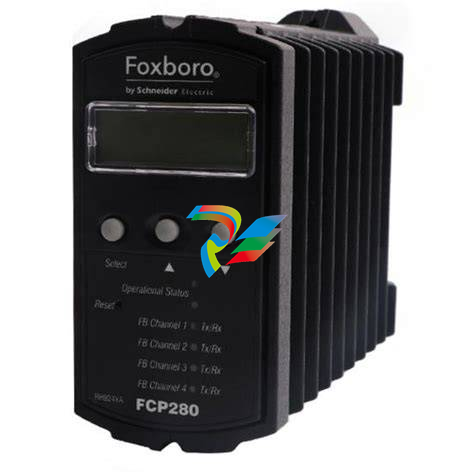
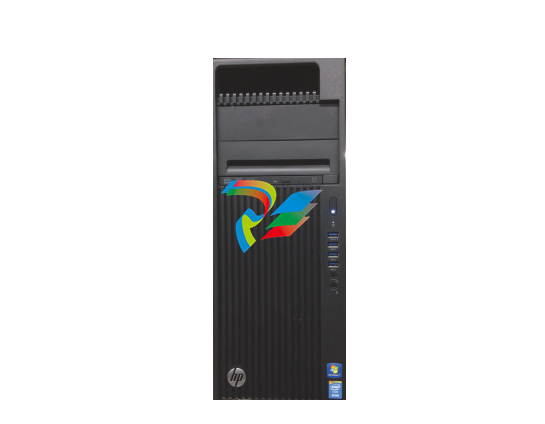
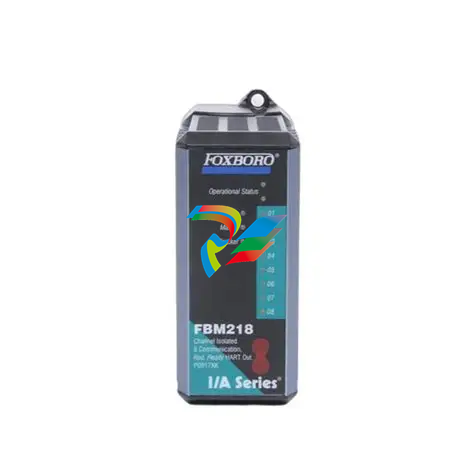
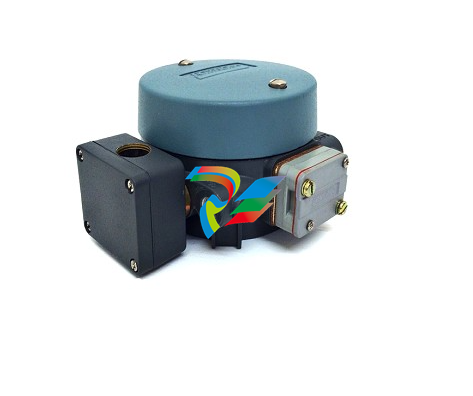
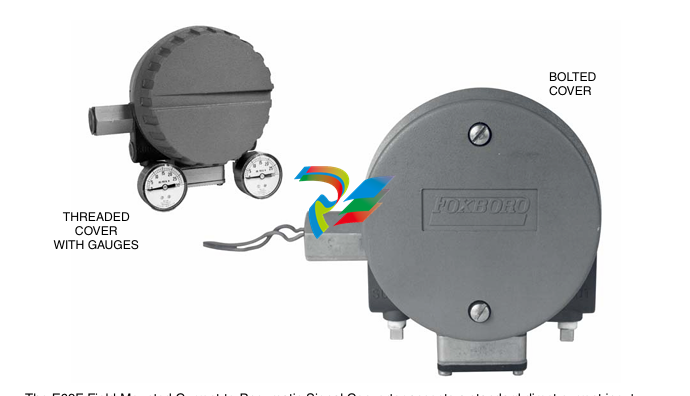
.jpg)
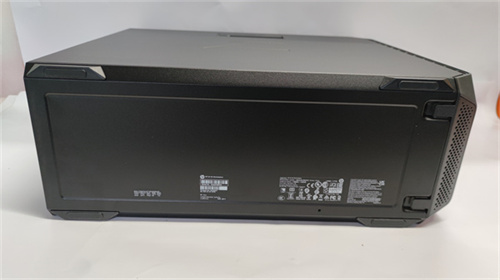
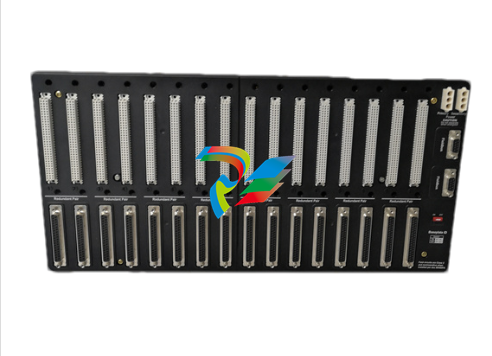
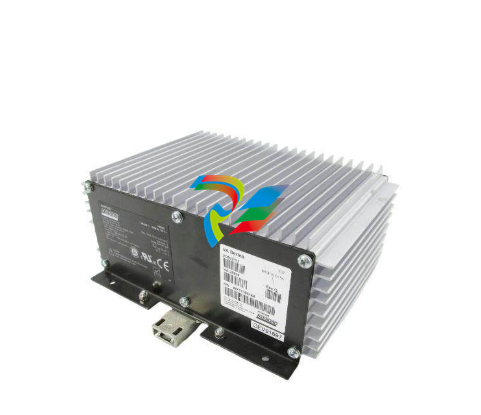
.png)
.jpg)

.jpg)
_lVjBYb.jpg)
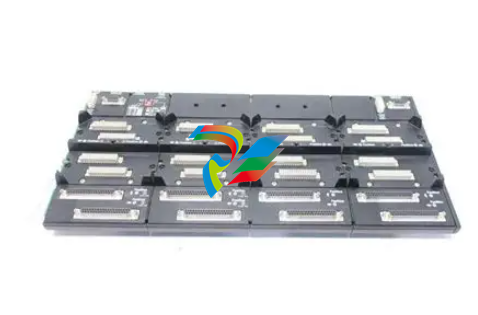
.jpg)
.jpg)
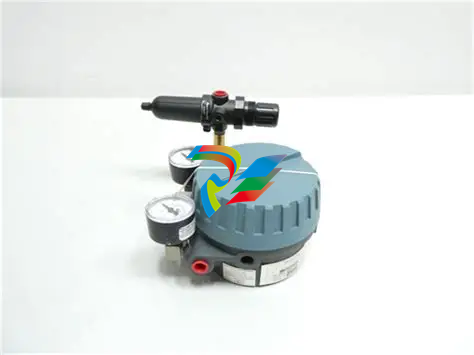
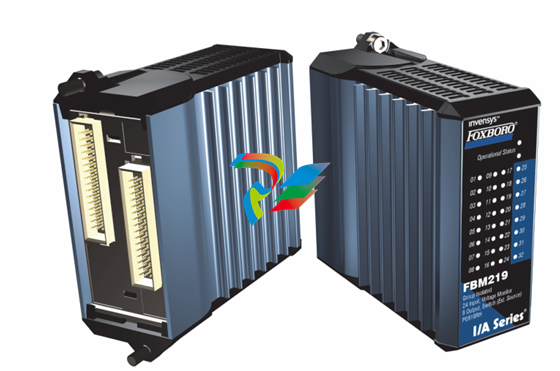
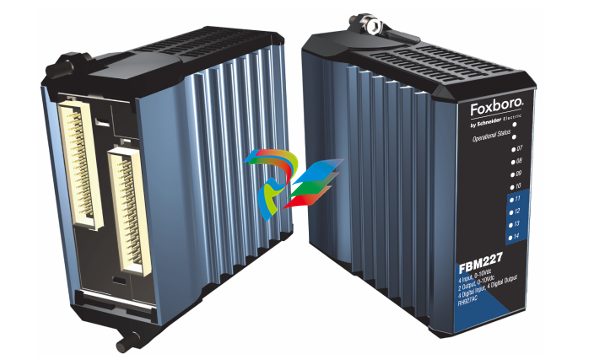
.jpg)
.jpg)
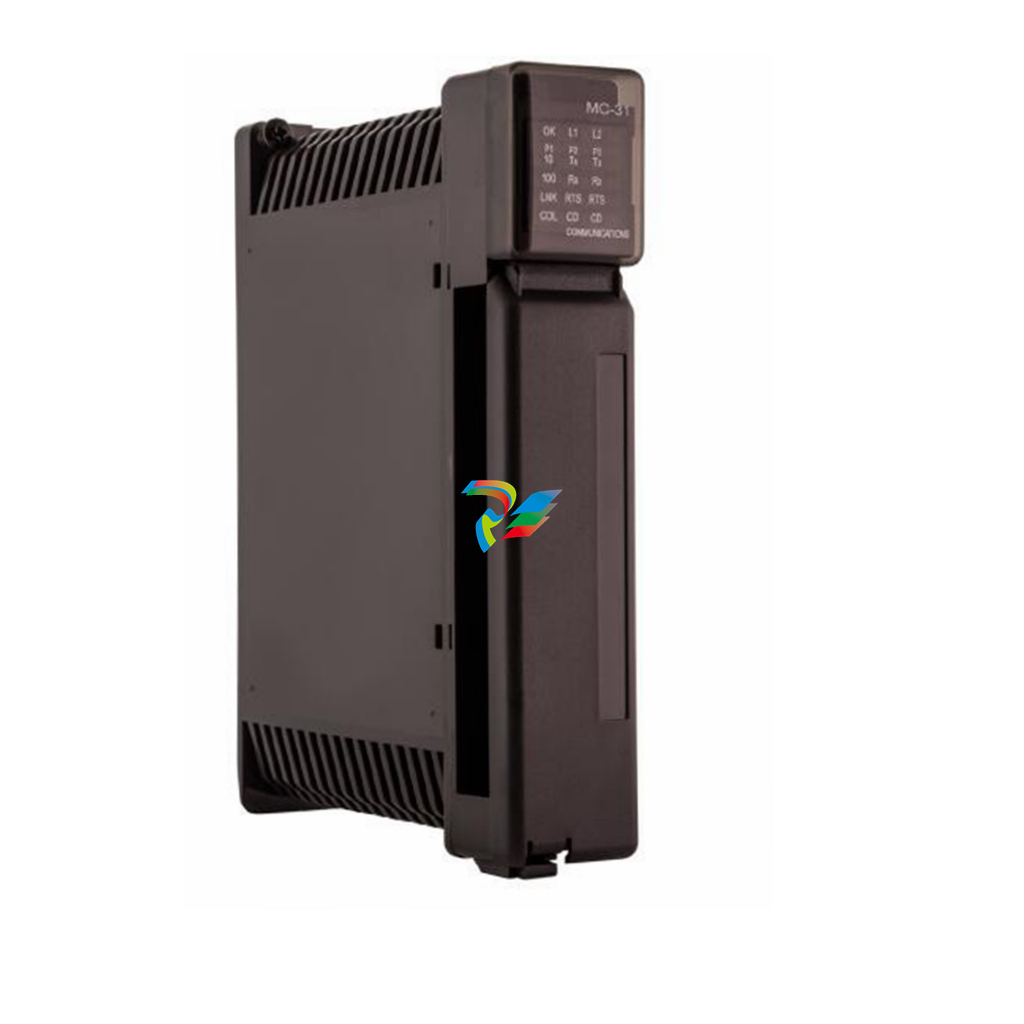
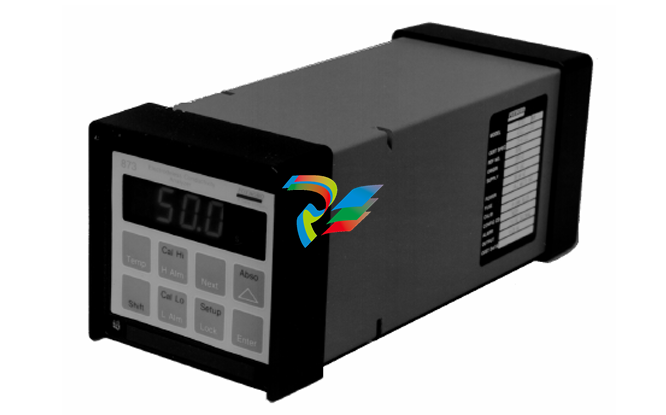
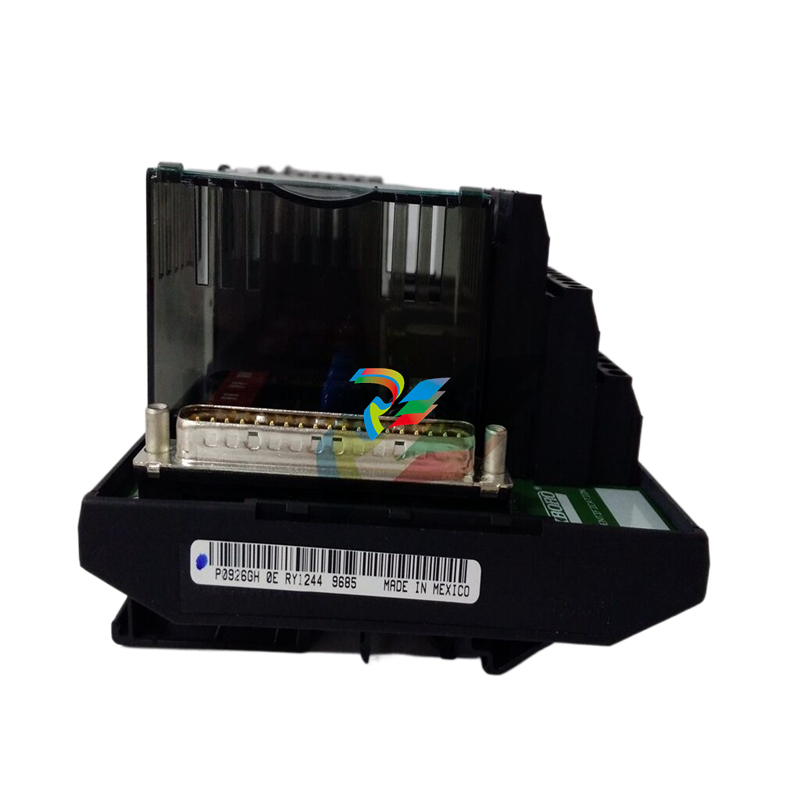
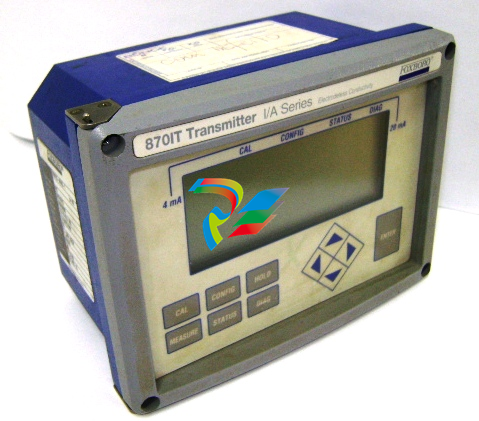
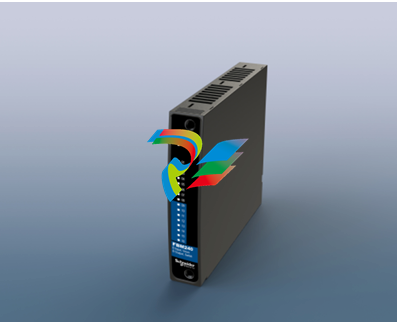
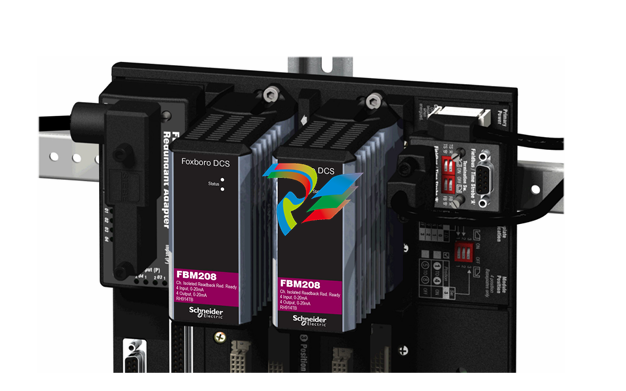
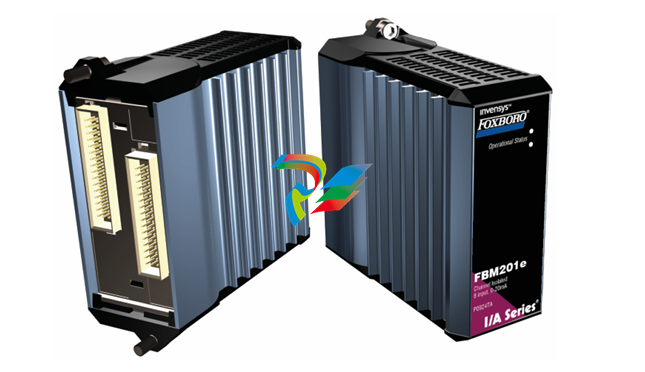
.jpg)
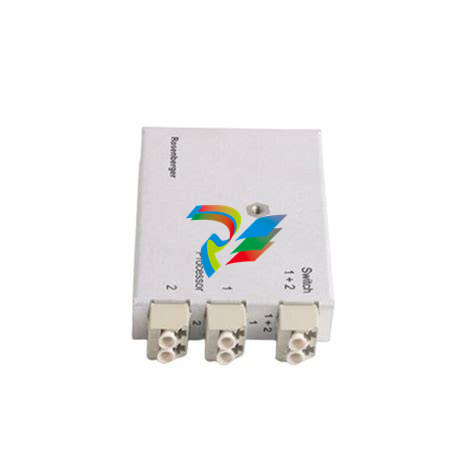
.jpg)
.jpg)
